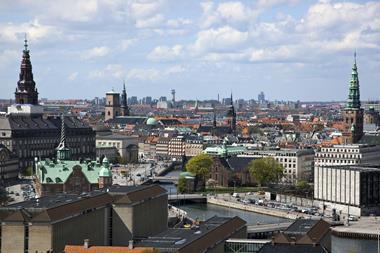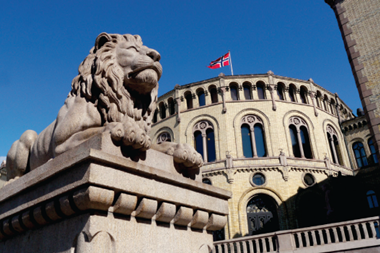Investments by Swedish buffer funds AP2 and AP3 achieved a return of 3.7% and 1.5%, respectively, in the first half of 2016, with the former’s emerging market bond investments performing best.
AP2, the smaller of the two with SEK308bn (€32.7bn) of assets under management, posted a net result of SEK10.6bn and a return relative to its benchmark of -0.7%.
Eva Halvarsson, chief executive of AP2, referred to the net return as “a stable return” and attributed this to having a diversified portfolio that can withstand “uncertain times”.
“Despite turbulence on the financial markets, AP2 achieved a net return of 3.7% for the half year, and our total portfolio actually rose in value even during the final turbulent week in June,” she said.
In the first half of 2015 the buffer fund posted a return of 5.2%, excluding costs.
The relative return of -0.7% for H1 2016 is on the portfolio of quoted assets, excluding alternative investments and costs.
“This underperformance was largely attributable to the market turbulence of June,” noted AP2 in its half-year report.
Its emerging market investments, in equities and fixed income, contributed positively to the fund’s portfolio, it said, with the fund’s hedging policy partially offsetting an adverse impact from falling interest rates, a relatively poor stock market performance and the effect of a weakened Swedish krona.
Emerging market equities and bonds returned 6.7% and 13.4%, respectively.
This was followed by foreign credits returning 7.2%, foreign government securities 6.6%, and 5.5% from alternative investments, which includes domestic Chinese equities, private equity, and unlisted real estate.
Foreign equities returned 4.2%.
As concerns the domestic market, the fund’s equities portfolio produced a loss of 5.1% while Swedish fixed-income securities generated a return of 2.5%.
Feeding into the half-year result was AP2’s disposal, jointly with AP6, of unlisted Swedish real estate company Norrporten. It was sold to Castellum for SEK14bn in “one of the largest real-estate transactions ever carried out in Sweden”.
The first half of the year also saw AP2 implement a strategic allocation (1%) to green bonds, and reduce its allocation in Swedish bonds by 3%, mainly to the benefit of global credit.
It also revised the foreign exchange hedging of unquoted assets.
AP3, meanwhile, said that its inflation, fixed income and currency risk categories “made the largest contributions” to its total real return of 1.5%.
That compares with 6.5% in the first half of 2015.
The SEK339bn buffer fund said it has outperformed its long-term static (LSP) reference portfolio by 2.9 percentage points since this was introduced in 2012.
AP3 has also decided to make a push into green bonds, aiming to treble its holdings by 2018.










No comments yet